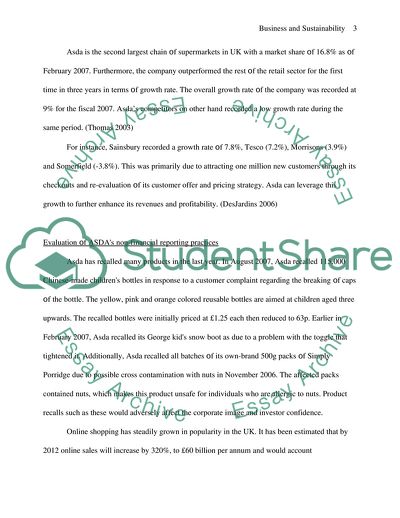Cite this document
(Business and Sustainability Essay Example | Topics and Well Written Essays - 3000 words - 1, n.d.)
Business and Sustainability Essay Example | Topics and Well Written Essays - 3000 words - 1. https://studentshare.org/marketing/1712488-business-and-sustainability
Business and Sustainability Essay Example | Topics and Well Written Essays - 3000 words - 1. https://studentshare.org/marketing/1712488-business-and-sustainability
(Business and Sustainability Essay Example | Topics and Well Written Essays - 3000 Words - 1)
Business and Sustainability Essay Example | Topics and Well Written Essays - 3000 Words - 1. https://studentshare.org/marketing/1712488-business-and-sustainability.
Business and Sustainability Essay Example | Topics and Well Written Essays - 3000 Words - 1. https://studentshare.org/marketing/1712488-business-and-sustainability.
“Business and Sustainability Essay Example | Topics and Well Written Essays - 3000 Words - 1”. https://studentshare.org/marketing/1712488-business-and-sustainability.


